Matter is anything that has weight and takes up space. A particle is the smallest possible unit of matter. Understanding that matter is made of tiny particles too small to be seen can help us understand the behavior and properties of matter.
To better understand how the 3 states of matter work….
LET’S BREAK IT DOWN!
All matter is made of particles that are too small to be seen.
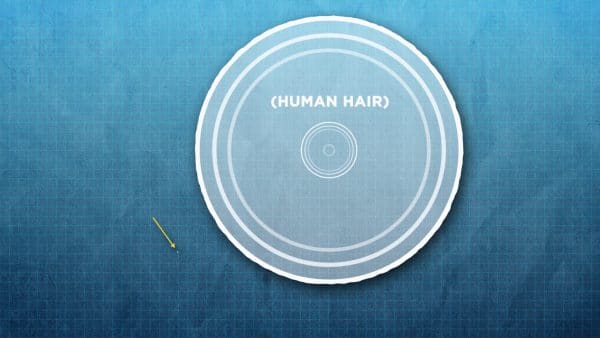
Everything you can see and touch is made of matter. It is all the “stuff” in the universe.
Things that are not made of matter include energy, and ideas like peace and love.
Matter is made up of small particles that are too small to be seen, even with a powerful microscope. They are so small that you would have to put about 100,000 particles in a line to equal the width of a human hair!
The arrangement of particles determines the state of matter.
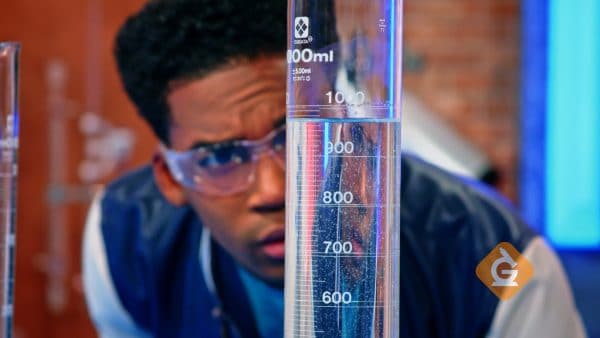
Particles are arranged and move differently in each state of matter. Solids contain particles that are tightly packed, with very little space between particles. If an object can hold its own shape and is difficult to compress, it is a solid.
Liquids contain particles that are more loosely packed than solids, but still closely packed compared to gases. Particles in liquids are able to slide past each other, or flow, to take the shape of their container.
Particles are even more spread apart in gases. Gases will fill any container, but if they are not in a container, they will escape into the air. A lot of space exists between the particles in a gas, allowing gases to be compressed (pushed together) much more easily than solids and liquids.
Matter can change states.
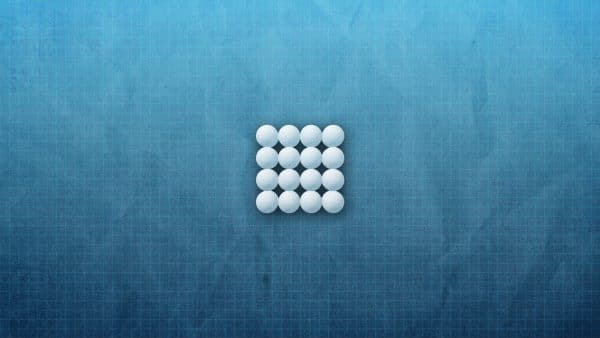
Matter can change from one state to another. When solids change to liquids, the arrangement of the particles changes to become more loosely packed.
When liquids change to gases the particles become even more loosely packed.
It takes energy for matter to change from one state to another. To change liquid water to a gas, heat energy must be added. The opposite is also true. To change liquid water into a solid block of ice, energy must be removed.
The particle model explains the behavior of matter.
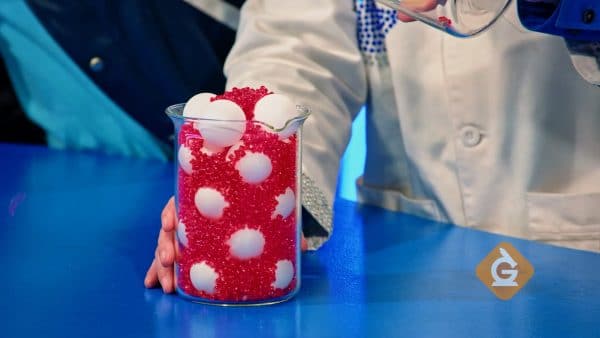
The particle model of matter states that all matter is made up of tiny, moving particles with spaces between them.
A neat science experiment can show us this: If we combine 50 mL of water and 50 mL of isopropyl alcohol, you would expect the total volume would be 100 mL. In fact, the actual volume is 97 mL. It would seem that some of the liquid vanished. However, when the water and alcohol are mixed together, some of the particles of alcohol fit in between the particles of water.
An easier way to visualize this is to picture a beaker of ping-pong balls. If you pour tiny beads into the beaker with the ping-pong balls, the beads will fill in the spaces between the ping-pong balls.
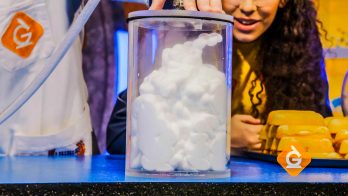
































































































































 Select a Google Form
Select a Google Form









